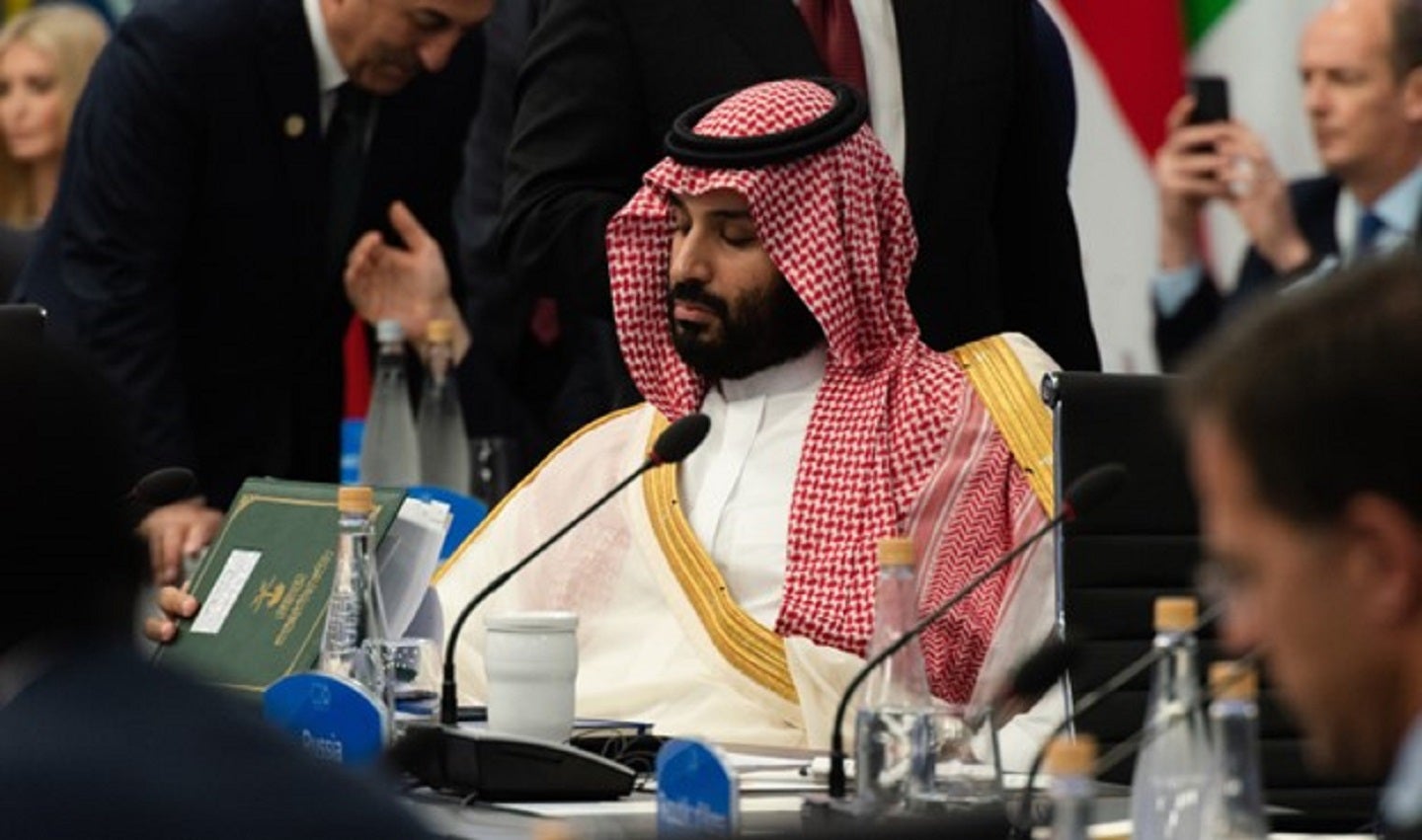
The Royal Saudi Land Force (RSLF) is seeking to acquire spares and repair parts for a range of common platforms it has with the US Department of Defense (DoD) as part of a Foreign Military Sales Order (FMSO) II.
Under a Co-operative Logistics Supply Support Agreement (CLSSA) worth $500m (SR1.8bn), the DoD will deliver spares and parts for vehicles to the Kingdom, including its fleet of Abrams tanks, M-60 tanks, Bradley Fighting Vehicles, High Mobility Multipurpose Wheeled Vehicles, Mine Resistance Ambush Protected vehicles, Light Armoured Vehicles, howitzers, among a diverse range of military equipment.
The proposed sale will maintain Saudi Arabia’s capability to meet current and future threats by allowing the RSLF to continue to purchase the spare/repair parts to operate its fleet, through their current CLSSA programme, to replenish in-country stocks required for general maintenance. The RSLF has participated in the CLSSA programme since 1965 and will have no difficulty absorbing these items into its armed forces.
Regional tensions in the Middle East
Approval for the Kingdom’s request comes just after Kuwait’s $150m FMS deal with the DoD to repair and recertify its PAC-3 missiles, allowing the neighbouring Gulf nation to maintain the missiles’ thirty-year lifespan.
The US Defense Security and Co-operation Agency stated that the proposed sales for equipment and support will not alter the basic military balance in the Middle East. Instead, both agreements extend the life of their force’s operational viability in the long-run – placing the two Gulf Co-operation Council (GCC) partners in a state of military readiness, especially while the backdrop of tensions with Iran remain strained.
The expanding influence of the Kingdom’s geopolitical and strategic rival Iran throughout the Middle East has compelled the country to respond by intervening in the civil wars in Yemen and Syria.
Although the dynamics of the conflict are diametrically opposite between Yemen and Syria, wherein Saudi Arabia is striving hard to crush Houthi rebellion while striving to depose the pro–Iranian Assad regime. However, despite their differences, the common thread between Syria and Yemen has been the principal need to contain Iran’s expanding influence.
Shoring up the Kingdom’s land force
GlobalData intelligence tells us that Saudi Arabia’s defence market is dominated by military fixed-wing platforms, missiles and defence systems and naval vessels.
These sectors are the three largest segments that GlobalData indicates will be cumulatively valued at $15.8bn, $7.4bn and $4.1bn respectively over 2023–28.
This analysis tells us that the country ought to maintain a credible land force fleet as this segment makes up a smaller percentage of the nation’s defence budget. This has prompted the Saudi government, as part of its Vision 2030 programme, to spend at least a 20% increase in troop levels for the RSLF and the Saudi Arabian National Guard.



